Corner gardens represent untapped potential in outdoor spaces, offering opportunities to transform neglected areas into stunning focal points. These overlooked nooks can become the heart of your landscape design, providing intimate spaces for relaxation, practical growing areas, or striking visual statements. Whether working with a small urban balcony corner or a sprawling backyard junction, thoughtful design can maximize both beauty and functionality. From serene zen retreats to vibrant cottage-style displays, corner gardens allow homeowners to experiment with specific themes and create distinct outdoor rooms that reflect personal style and enhance property value.

1. Zen Corner Garden with Bamboo Water Feature
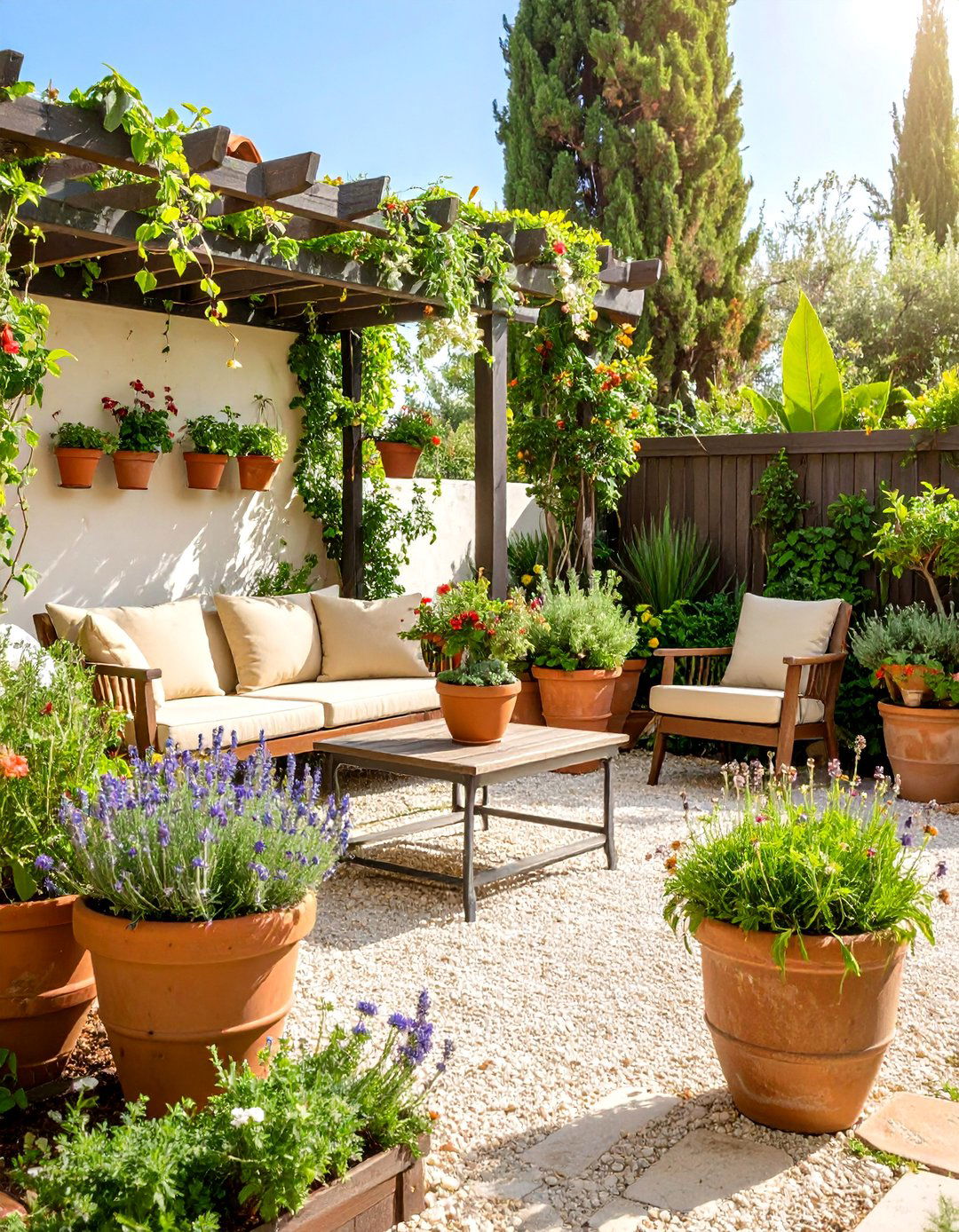
Transform your corner into a tranquil meditation space with carefully raked gravel, weathered stones, and a gentle bamboo water fountain. Position tall clumping bamboo plants around the perimeter to create natural screening, while incorporating Japanese maple trees for seasonal color. Add stepping stones through raked gravel patterns that symbolize flowing water, and include a simple wooden bench for quiet contemplation. Stone lanterns provide subtle evening illumination, while moss-covered rocks add authentic texture. Complete the design with drought-tolerant ornamental grasses and a few sculptural boulders strategically placed for visual balance and spiritual symbolism.
2. Mediterranean Herb Corner with Terracotta Elements
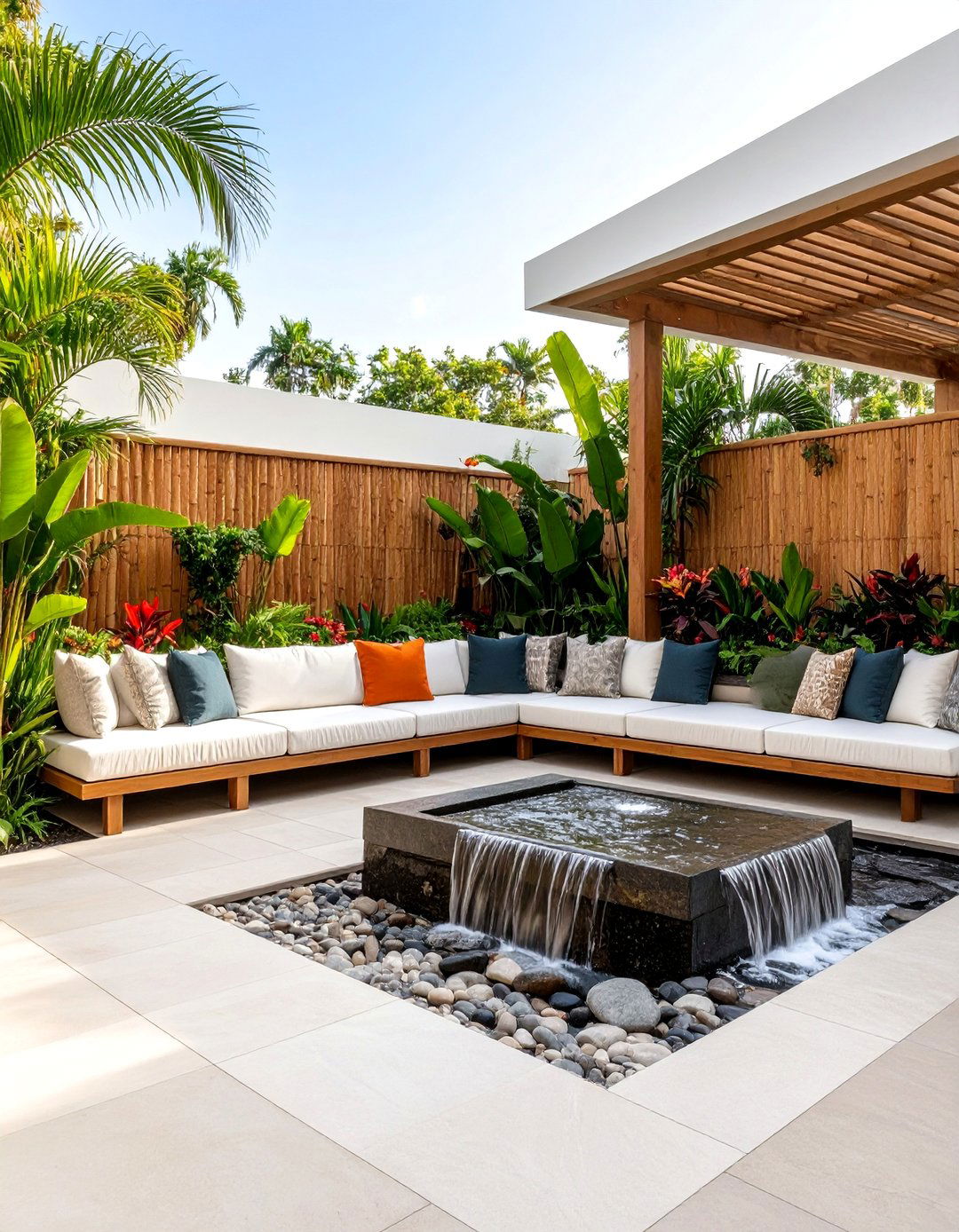
Create a sun-soaked Mediterranean oasis using warm terracotta pots filled with aromatic herbs like rosemary, thyme, and lavender. Install a small olive tree as the centerpiece, surrounded by raised beds edged with natural stone. Add a gravel pathway with stepping stones leading to a rustic bistro table and chairs for al fresco dining. Include climbing vines on wrought iron trellises against walls or fences, and incorporate drought-tolerant plants like oleander and citrus trees in large planters. Complete the theme with terracotta roof tiles as decorative elements and a small fountain featuring Mediterranean-style ceramics for authentic charm.
3. Tropical Paradise Corner with Water Feature
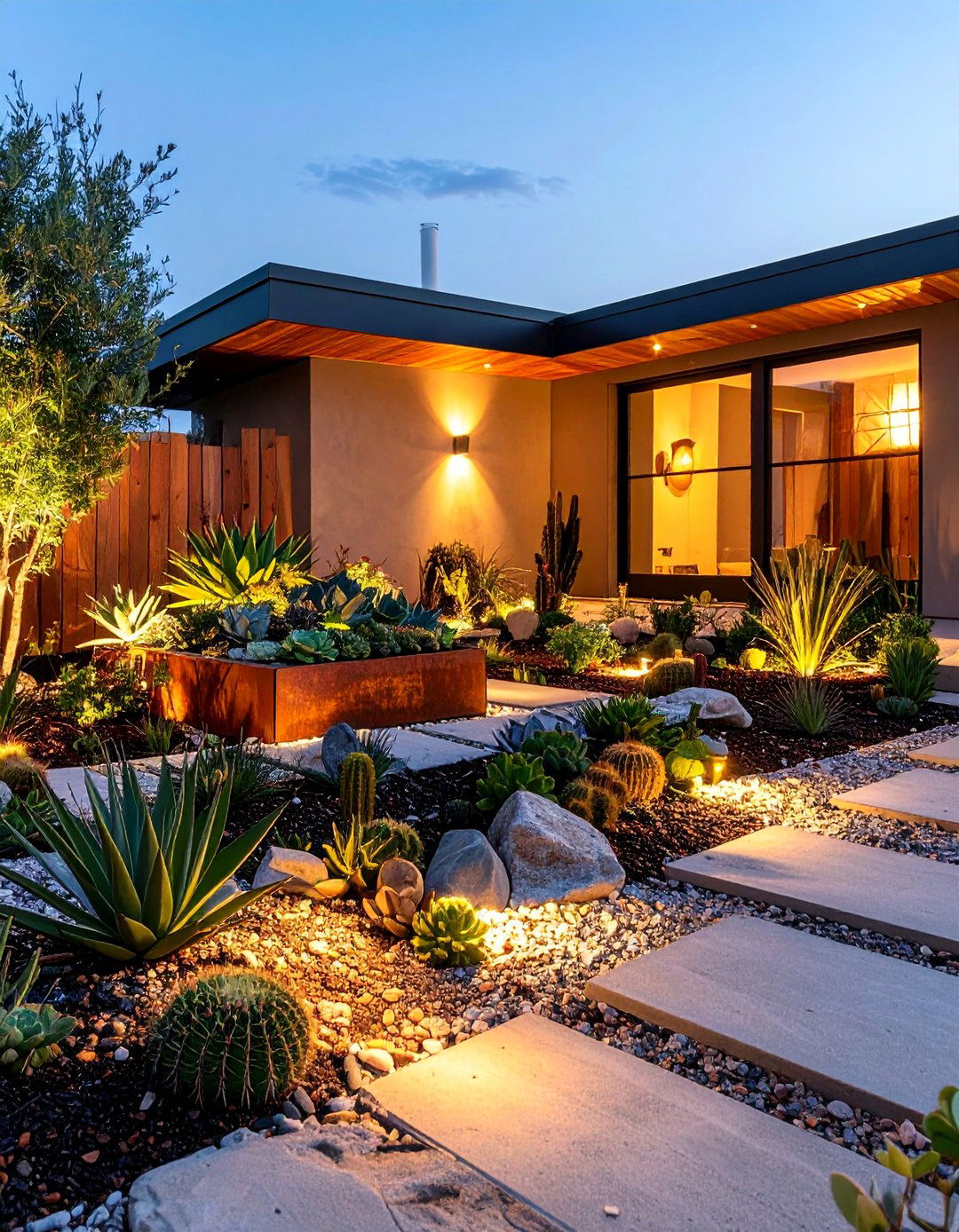
Design a lush tropical retreat featuring large-leafed plants like bird of paradise, monstera, and palm varieties arranged in layered heights. Install a cascading water feature or small pond surrounded by natural stones and tropical flowering plants. Use bamboo fencing or tall tropical plants for privacy screening, and add colorful bromeliads and orchids for exotic blooms. Include comfortable seating with weather-resistant cushions in tropical prints, and position uplighting to highlight architectural plants during evening hours. Complete the paradise with fragrant flowering vines like jasmine and colorful annual flowers that thrive in warm, humid conditions.
4. Cottage Garden Corner with Mixed Plantings
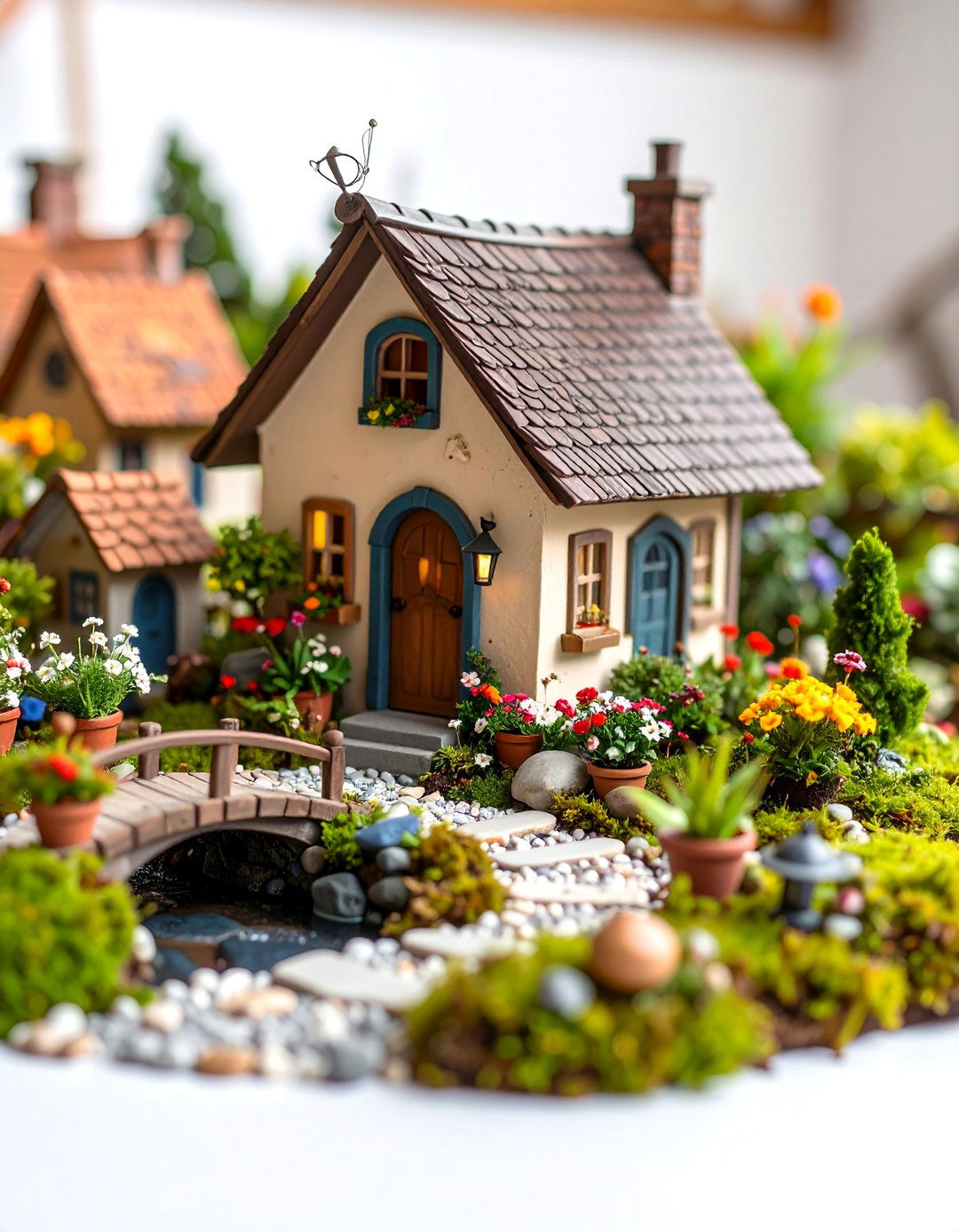
Establish an enchanting cottage-style corner using curved pathways made from reclaimed brick or natural stone. Plant dense mixtures of perennial flowers like delphiniums, foxgloves, and peonies alongside climbing roses on rustic wooden arbors. Include a potting bench made from weathered wood, surrounded by vintage galvanized containers planted with herbs and cottage flowers. Add whimsical elements like painted garden gates, vintage tools as decoration, and trailing plants that spill over pathway edges. Complete the romantic setting with fragrant flowers like sweet peas and honeysuckle, plus traditional cottage vegetables like runner beans growing up handmade supports.
5. Modern Succulent Rock Garden
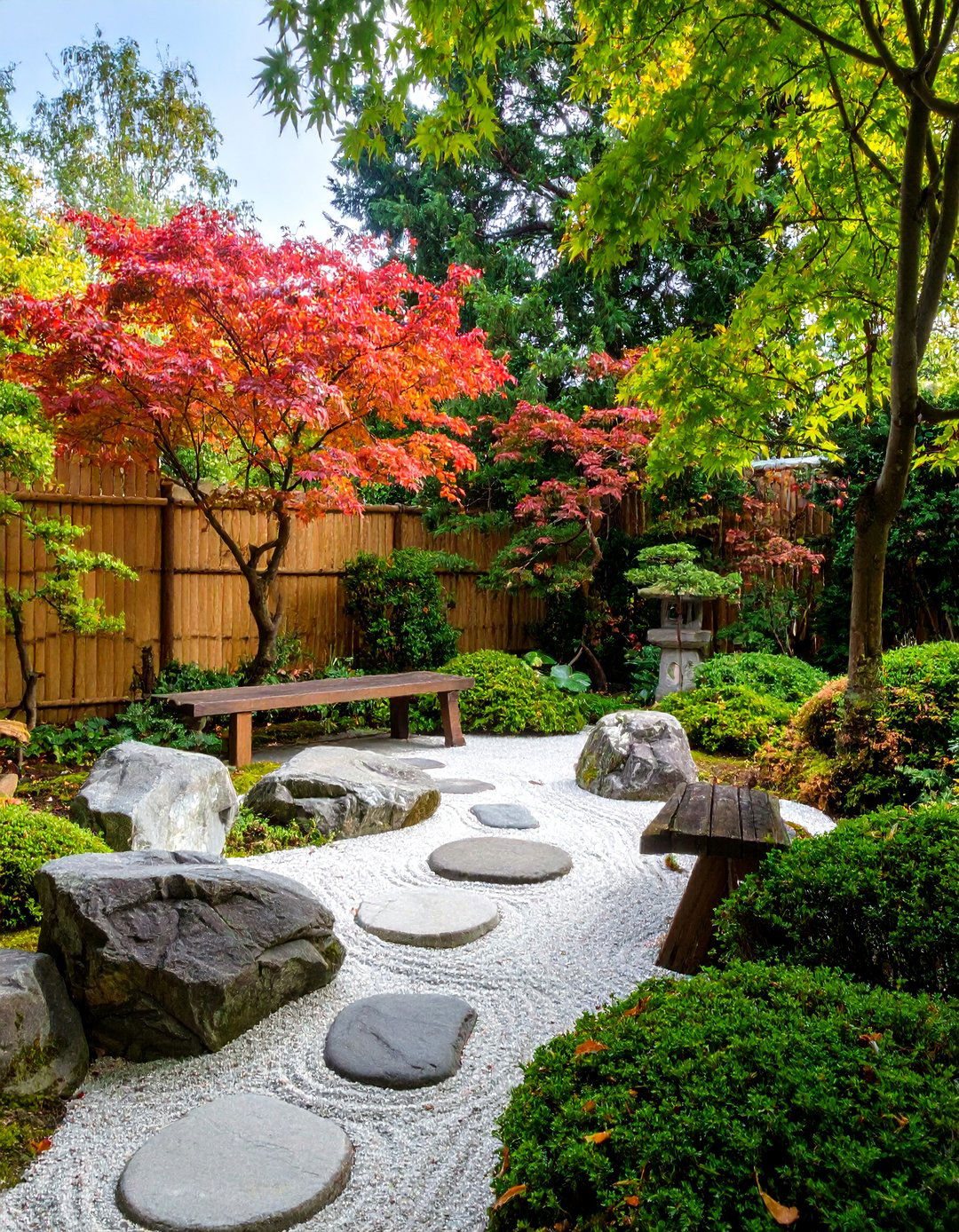
Create a contemporary low-maintenance corner using geometric planters filled with architectural succulents and cacti in striking color combinations. Arrange different sized agaves, echeveria, and barrel cacti among decorative rocks and colored gravel. Install modern Corten steel planters or sleek concrete containers at varying heights for visual interest. Add contemporary sculptures or abstract art pieces as focal points, and use pathway lighting to highlight plant textures after dark. Include drought-tolerant grasses like blue fescue and decorative stones in coordinated colors. Complete the modern aesthetic with clean lines, minimal plant varieties, and sophisticated hardscaping materials.
6. Fairy Garden Corner with Miniature Elements
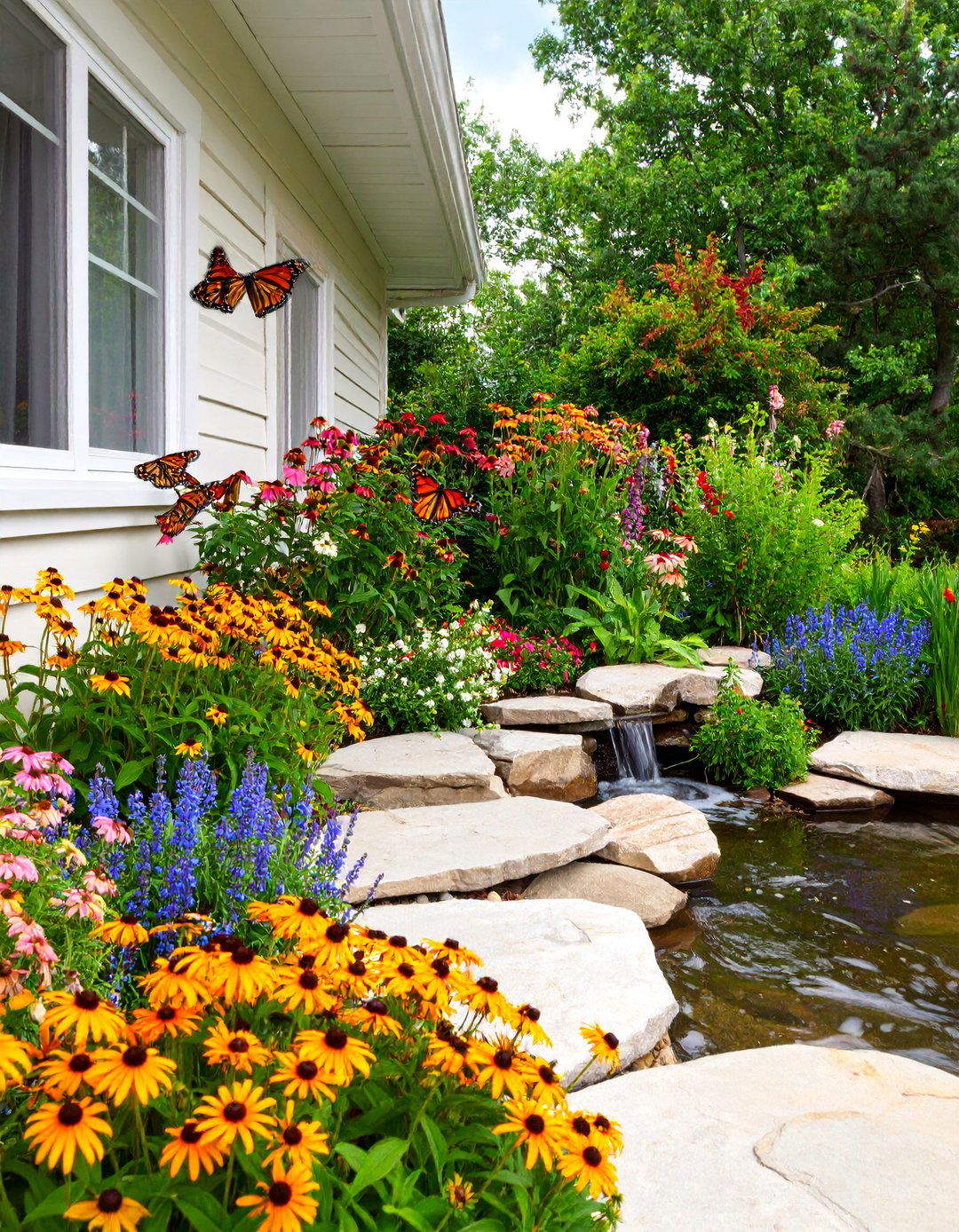
Design a whimsical fairy garden corner using small-scale plants, miniature structures, and magical decorative elements. Create tiny pathways using pebbles or small stones leading to diminutive fairy houses, bridges, and garden furniture. Plant low-growing groundcovers like moss, baby tears, and small hostas to create miniature landscapes. Include small flowering plants like alyssum and lobelia for fairy-sized gardens, and add tiny water features using shallow dishes or miniature fountains. Complete the enchanted setting with fairy lights, small toadstools, miniature fencing, and other whimsical accessories that spark imagination and create magical outdoor storytelling spaces.
7. Vertical Herb Garden Corner

Maximize growing space in compact corners using vertical gardening techniques with wall-mounted planters, tiered shelving, or living wall systems. Plant culinary herbs like basil, oregano, parsley, and chives in easily accessible containers at different heights. Include trailing herbs like thyme and oregano that cascade beautifully from elevated planters. Add grow lights for shaded corners and irrigation systems for easy maintenance. Install hooks for hanging baskets filled with cherry tomatoes and strawberries, and include a small preparation area with a weatherproof cutting board. Complete the functional design with clear plant labels and nearby storage for gardening tools and supplies.
8. Japanese Rock Garden Corner
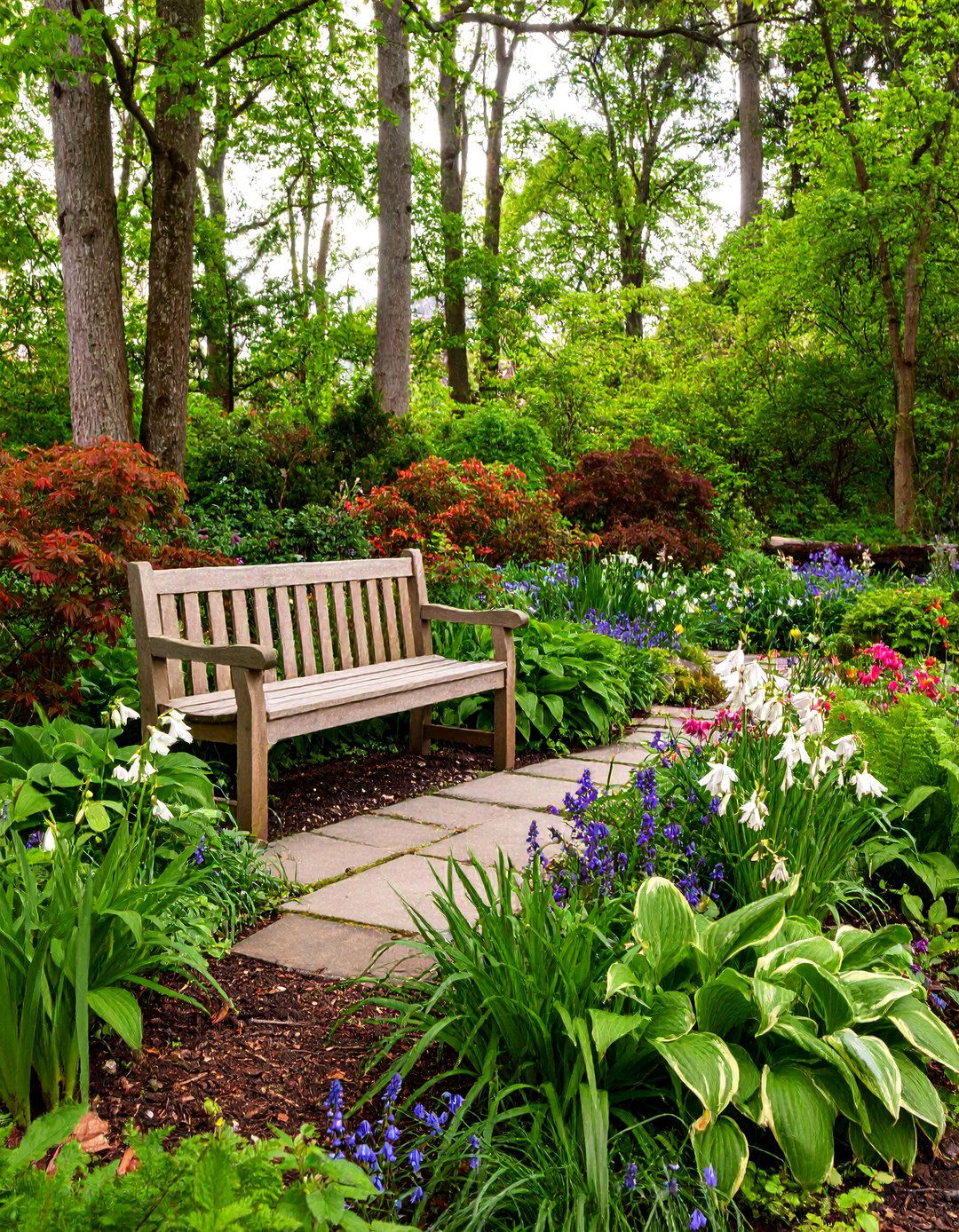
Establish a minimalist Japanese-inspired corner using carefully selected rocks, raked sand or gravel, and sparse but meaningful plantings. Position large boulder groupings in triangular arrangements according to traditional principles, surrounded by meticulously raked patterns in fine gravel. Include sculptural plants like Japanese maples, dwarf conifers, and ornamental grasses in restrained quantities. Add traditional elements like stone lanterns, bamboo fencing, and a simple water basin. Install subtle lighting to highlight key features during evening hours, and create a small meditation area with a weathered wooden bench positioned for optimal garden viewing and peaceful contemplation.
9. Butterfly Garden Corner with Native Plants
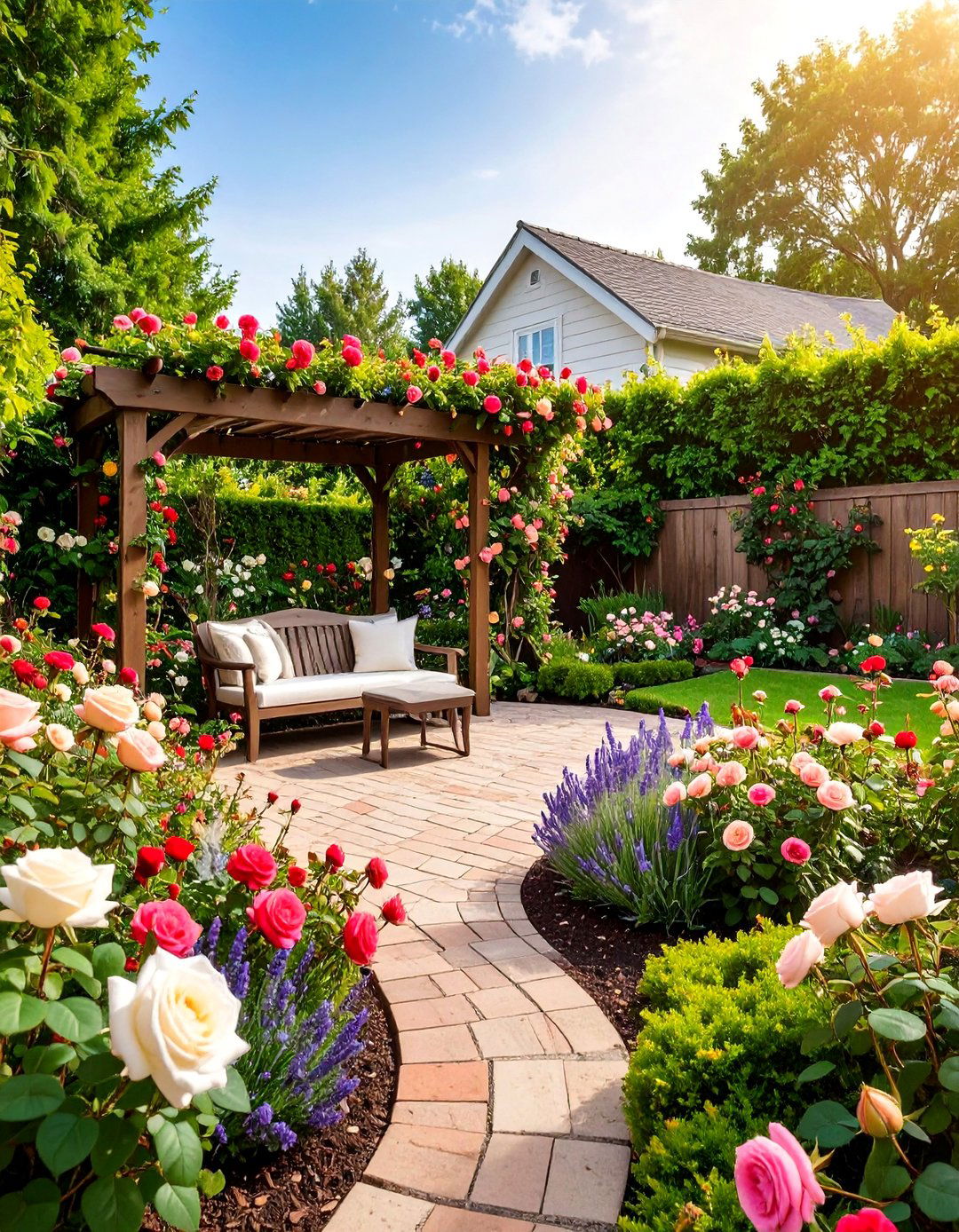
Create a pollinator paradise using native flowering plants that attract butterflies, bees, and beneficial insects throughout growing seasons. Plant butterfly-friendly flowers like coneflowers, black-eyed susans, and native milkweed in colorful drifts. Include host plants for butterfly larvae alongside nectar sources for adult butterflies. Add shallow water sources like puddling stations and flat stones for butterfly sunbathing areas. Install native trees and shrubs for shelter and overwintering sites, and avoid pesticide use to maintain ecosystem health. Complete the wildlife habitat with native grasses, wildflower meadow areas, and educational signage about local butterfly species and garden ecology.
10. Desert Oasis Corner with Cacti
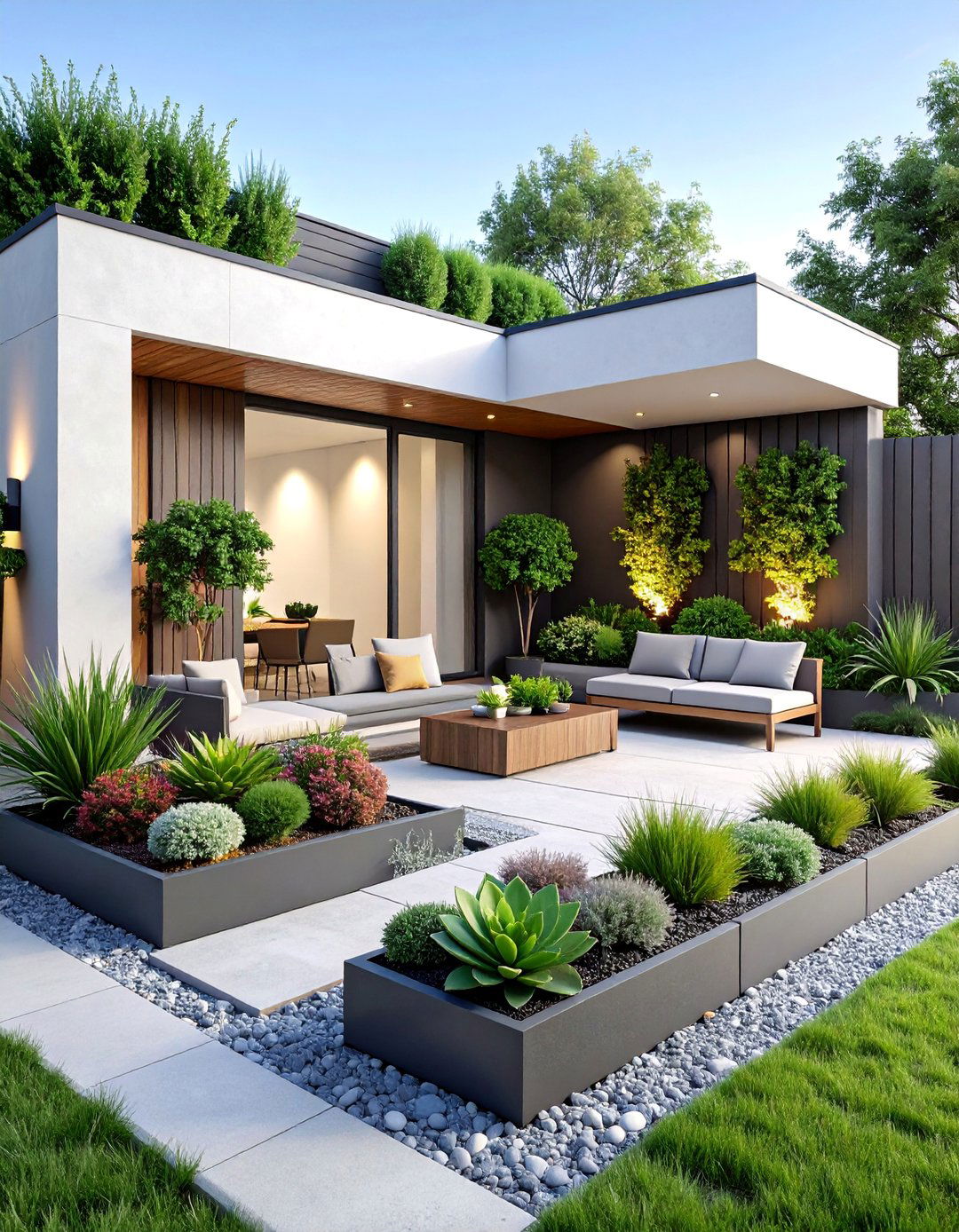
Design a striking desert landscape using diverse cacti, succulents, and drought-tolerant plants arranged among decorative rocks and sand. Create elevation changes using boulders and rocky outcroppings that mimic natural desert formations. Plant various cactus species including barrel, prickly pear, and columnar varieties for diverse textures and forms. Include desert-adapted flowering plants like desert marigold and blanket flower for seasonal color. Add a gravel mulch and decomposed granite pathways for authentic desert feel. Complete the water-wise design with desert-themed decorative elements, subtle lighting, and comfortable seating positioned to enjoy the unique sculptural beauty of desert flora.
11. Victorian Garden Corner with Formal Elements
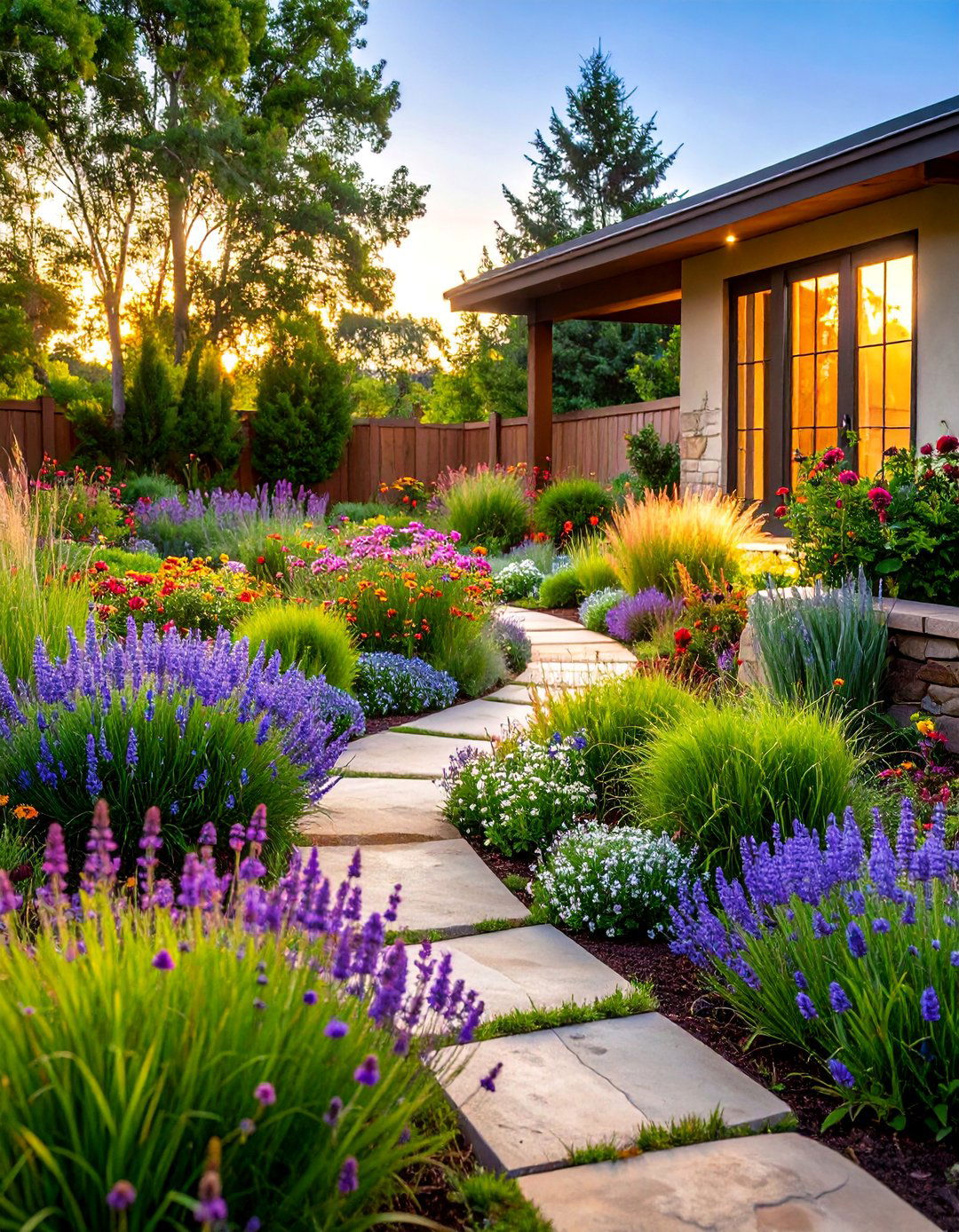
Establish an elegant Victorian-inspired corner using formal design principles with geometric patterns and structured plantings. Create parterre-style beds edged with dwarf boxwood hedging and filled with colorful seasonal flowers in symmetrical arrangements. Include topiary specimens in decorative urns and formal pathways made from brick or natural stone. Add Victorian-era inspired garden furniture like ornate iron benches and decorative plant stands. Install period-appropriate lighting such as lantern-style fixtures and include climbing roses on formal arbors or pergolas. Complete the refined atmosphere with fountain features, ornamental garden gates, and carefully maintained lawn areas creating sophisticated outdoor elegance reminiscent of Victorian garden traditions.
12. Woodland Shade Corner Garden

Transform shady corners into lush woodland retreats using shade-loving plants that thrive in dappled light conditions. Plant hostas, ferns, and astilbe in naturalistic groupings among fallen logs and moss-covered rocks. Include spring bulbs like trillium and bloodroot for early season interest before tree canopies fully develop. Add shade-tolerant groundcovers such as wild ginger and pachysandra to create carpet-like effects. Install winding bark mulch pathways and rustic wooden benches for forest floor ambiance. Complete the natural woodland setting with native shade trees, bird houses, and water features that attract woodland wildlife while providing peaceful retreats from sun and urban stress.
13. Edible Garden Corner with Raised Beds
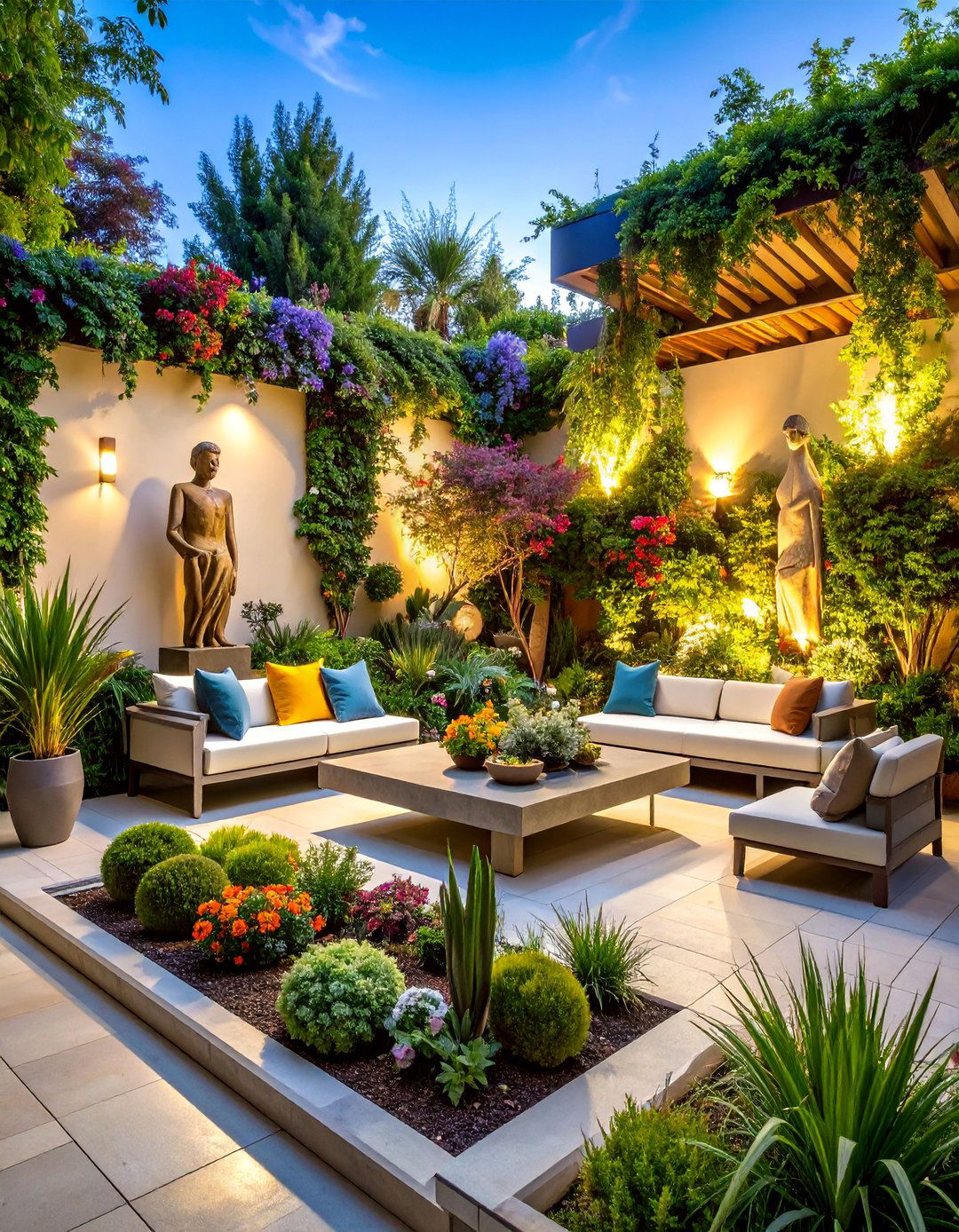
Create productive growing spaces using raised wooden beds filled with vegetables, herbs, and edible flowers in attractive combinations. Design beds in geometric shapes or curved forms that complement landscape architecture while maximizing growing space. Plant seasonal vegetables in succession for continuous harvests, and include perennial herbs and fruit plants for long-term productivity. Add trellises for climbing vegetables like beans and peas, and include composting areas integrated into garden design. Install irrigation systems for consistent watering and pathways allowing easy access for maintenance and harvesting. Complete the functional design with tool storage, harvest baskets, and protective covering for season extension and pest management.
14. Rose Garden Corner with Fragrant Varieties
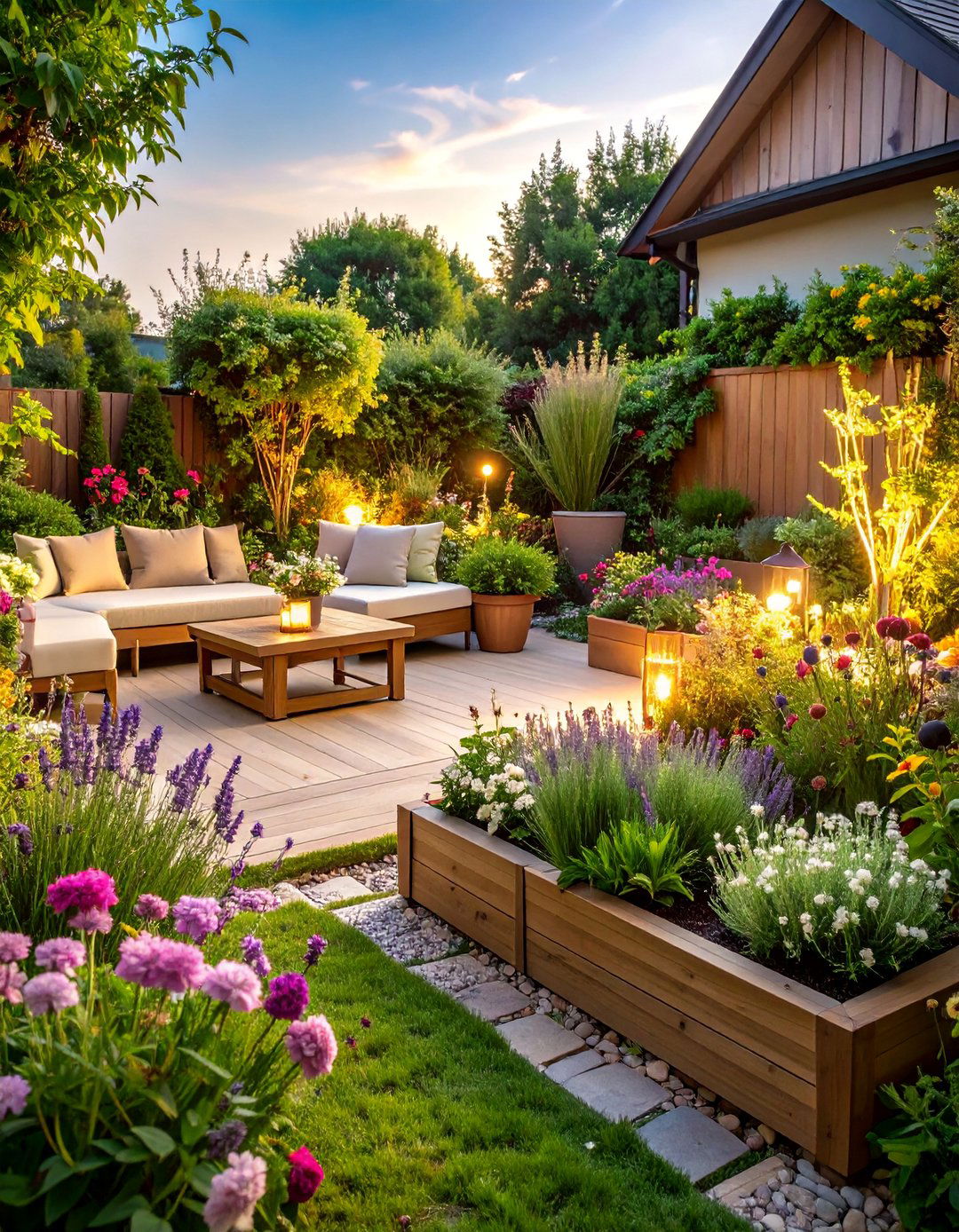
Design a romantic corner dedicated to roses using carefully selected varieties for continuous blooms and intoxicating fragrance. Plant climbing roses on arbors or fence structures to create vertical interest and privacy screening. Include shrub roses, tea roses, and groundcover varieties for diverse forms and extended flowering periods. Add companion plants like lavender, catmint, and clematis that complement rose colors and blooming times. Install pathways made from romantic materials like brick or flagstone leading to seating areas perfect for enjoying rose perfume. Complete the classic garden room with rose care stations, mulched beds, and proper spacing allowing air circulation preventing disease while maximizing visual impact and fragrant enjoyment.
15. Modern Minimalist Corner with Architectural Plants
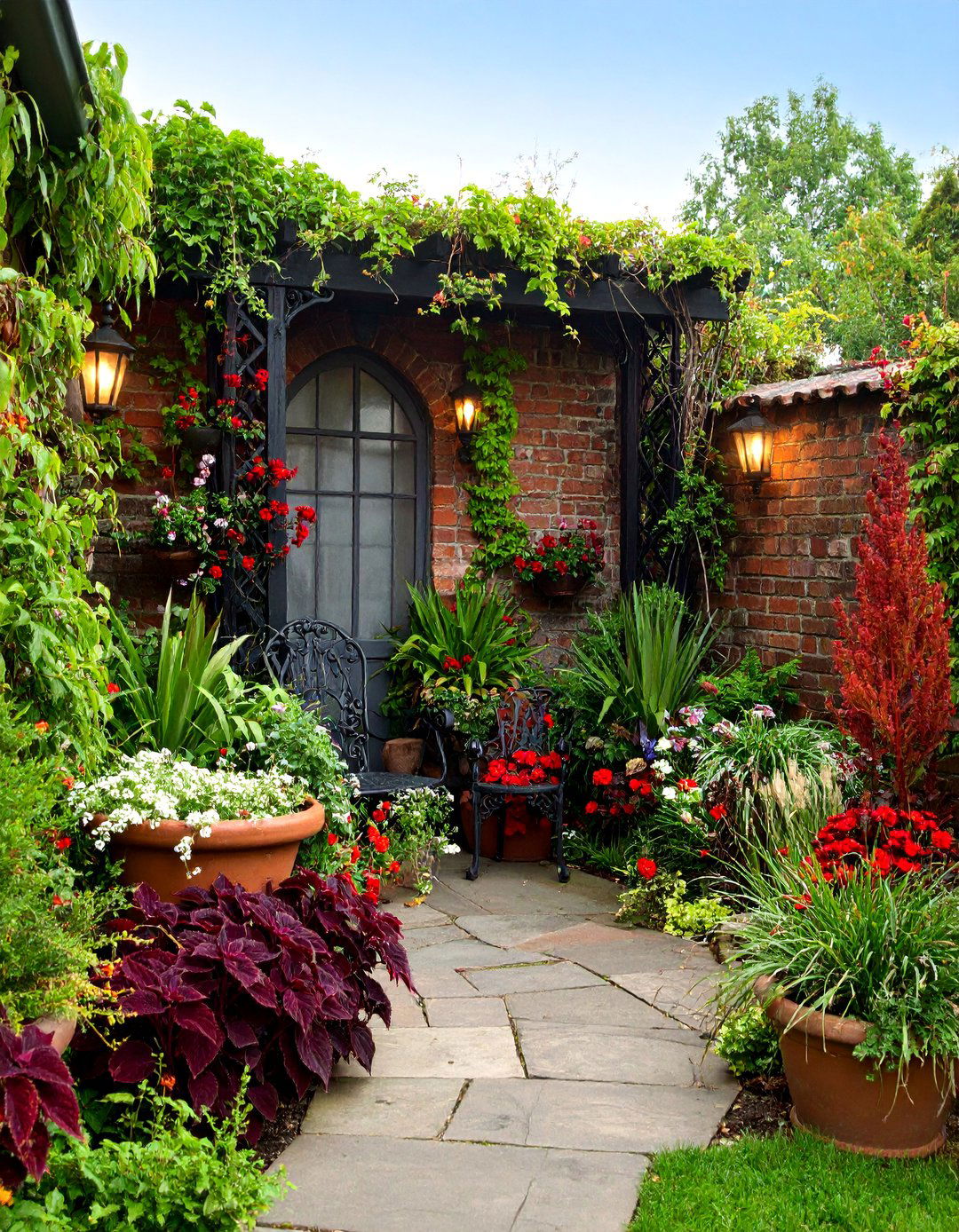
Create contemporary sophistication using clean lines, limited plant palette, and architectural plant forms in sleek containers. Select plants with strong structural qualities like ornamental grasses, agaves, and specimen trees with interesting bark or form. Use modern materials like steel, concrete, and composite decking for hardscaping elements. Include geometric planters in neutral colors arranged asymmetrically for visual interest while maintaining simplicity. Add contemporary outdoor furniture with clean lines and weather-resistant materials. Install LED lighting systems highlighting key plants and architectural features. Complete the sophisticated design with gravel mulches, minimal color palettes, and carefully edited plant selections creating serene modern outdoor spaces emphasizing form over ornamental complexity.
16. Coastal Garden Corner with Salt-Tolerant Plants
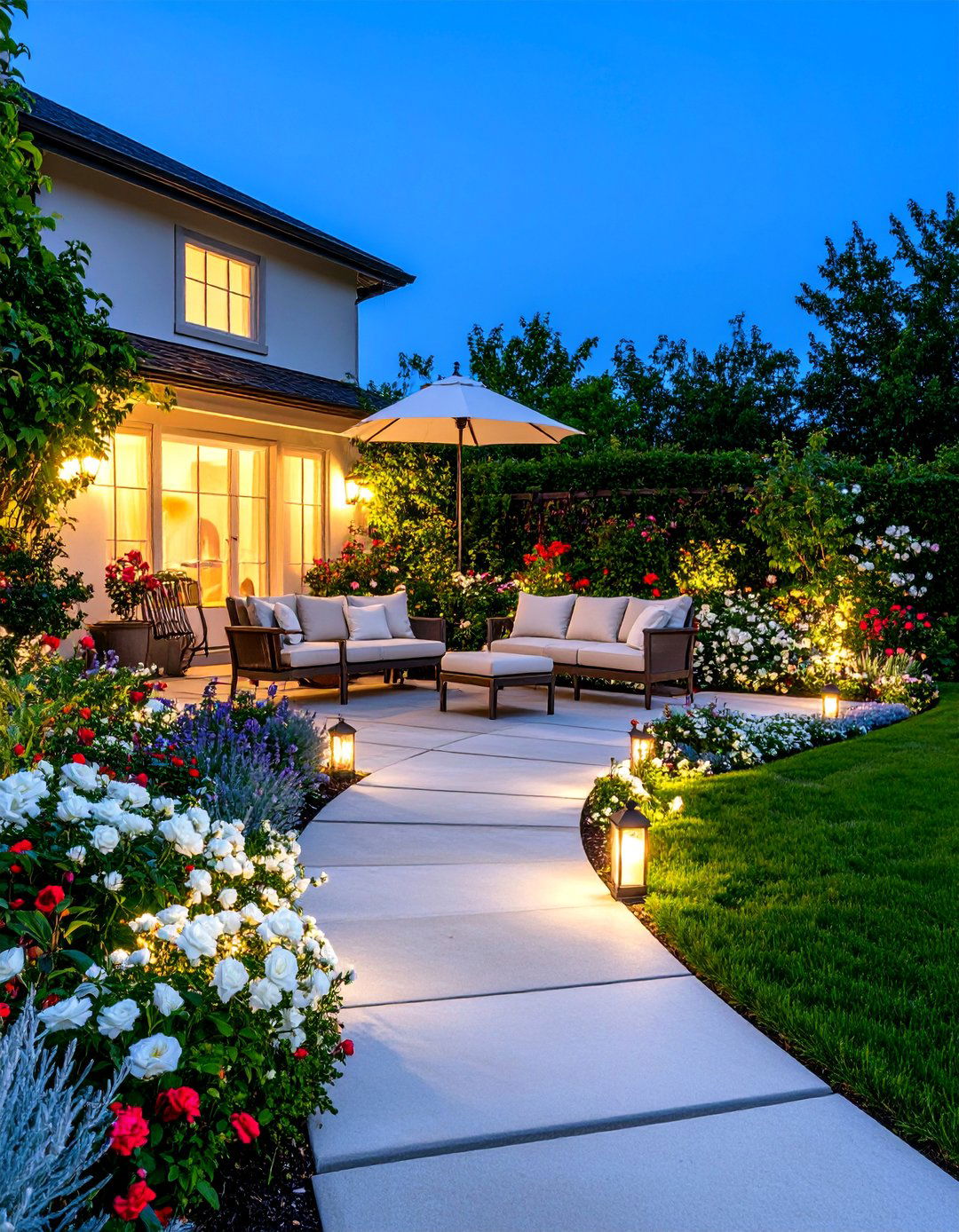
Develop a seaside-inspired corner using plants that withstand salt spray, wind, and sandy soil conditions. Plant ornamental grasses like fountain grass and sea oats that move gracefully in coastal breezes. Include salt-tolerant flowers such as sea thrift, beach sunflower, and coastal sage for color and texture. Add driftwood elements, weathered stones, and sea glass as decorative accents reflecting coastal themes. Install wind-resistant structures and choose furniture made from materials that withstand marine environments. Create pathways using shell fragments or beach pebbles, and include native coastal plants supporting local ecosystems. Complete the maritime atmosphere with nautical accessories, weathered wood elements, and views designed to capture ocean breezes.
17. Prairie Garden Corner with Native Grasses

Establish a naturalistic prairie corner using native grasses and wildflowers that support local ecosystems while requiring minimal maintenance. Plant ornamental grasses like little bluestem, prairie dropseed, and buffalo grass in naturalistic drifts. Include native wildflowers such as black-eyed susans, purple coneflowers, and wild bergamot for seasonal color and wildlife habitat. Add native shrubs and small trees providing structure and wildlife food sources throughout seasons. Create informal pathways using natural materials allowing close observation of prairie ecology. Install minimal irrigation systems since native plants typically thrive on natural rainfall once established. Complete the sustainable landscape with educational signage, bird watching areas, and seasonal management practices supporting native plant communities.
18. Water Garden Corner with Pond Feature

Design an aquatic corner featuring a small pond or water garden surrounded by moisture-loving plants and peaceful seating areas. Install pond liner systems with recirculating pumps and filtration to maintain water quality and clarity. Plant water lilies, lotus, and marginal plants like cattails and iris around pond edges for natural transitions. Include fish like goldfish or koi for movement and natural pond ecosystem balance. Add comfortable seating positioned for optimal water viewing and sound enjoyment. Install underwater and accent lighting highlighting water features during evening hours. Complete the tranquil water garden with stepping stones, bridge elements, and surrounding plantings creating seamless integration between water and landscape features.
19. Cutting Garden Corner with Seasonal Flowers
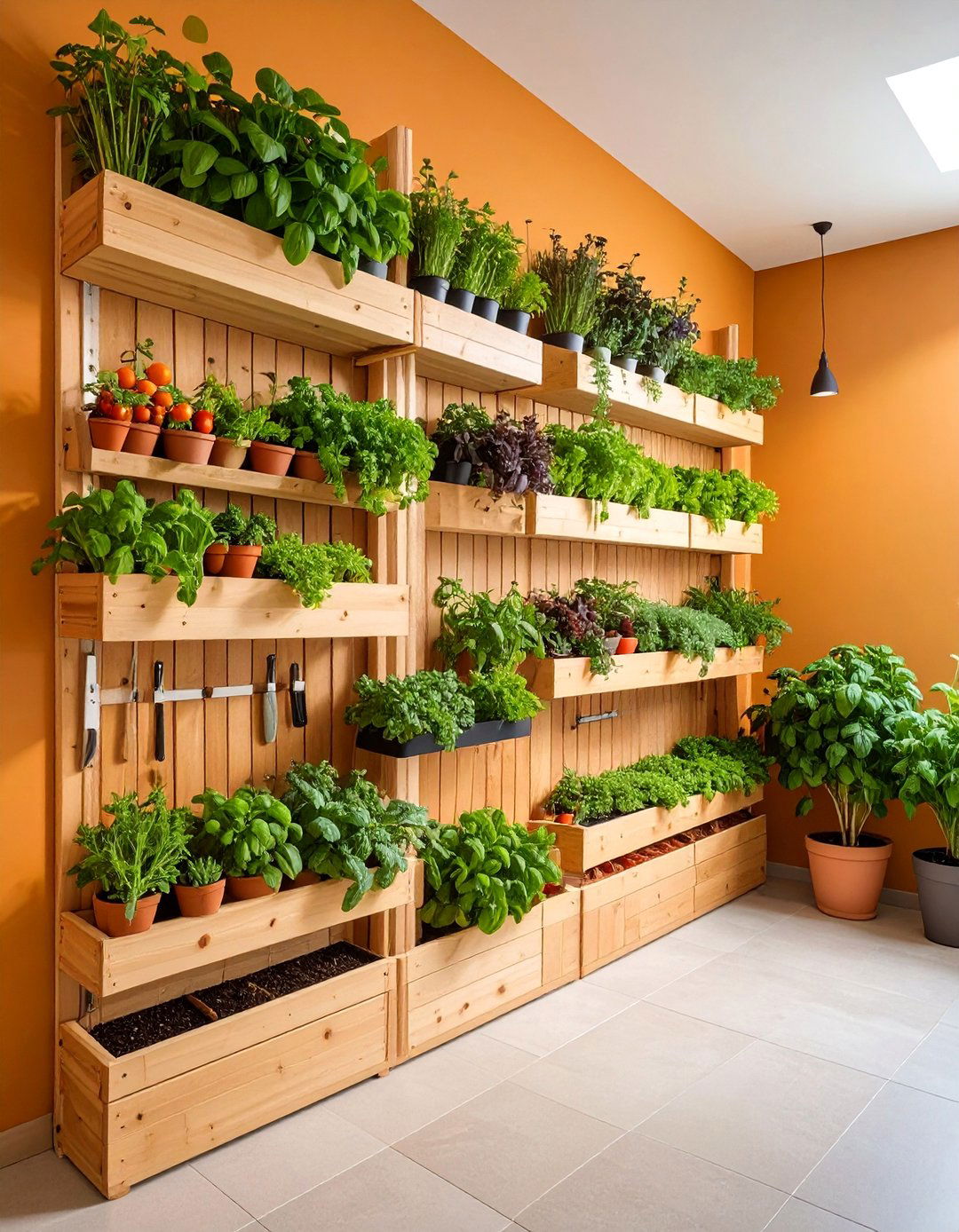
Create a dedicated space for growing flowers specifically for indoor arrangements using productive cutting garden techniques. Plant flowers with excellent vase life such as zinnias, cosmos, sunflowers, and gladioli in organized rows for easy harvesting. Include flowering shrubs like hydrangeas and lilacs providing larger arrangements and seasonal variety. Add perennial flowers like peonies, delphiniums, and dahlias for spectacular cut flower displays. Install irrigation systems supporting intensive flower production and pathways allowing easy access during peak cutting seasons. Include workspace areas with cutting tools, buckets, and conditioning stations for preparing fresh arrangements. Complete the productive garden with succession planting schedules, flower preserving equipment, and storage areas supporting year-round cutting garden activities.
20. Sculpture Garden Corner with Art Integration

Combine artistic elements with plantings creating outdoor gallery spaces that showcase sculpture and garden design harmony. Select plants that complement rather than compete with artistic focal points, using foliage plants and restrained color palettes. Install proper foundations and lighting for sculpture display while integrating art seamlessly into landscape design. Include pathways encouraging movement around artworks from multiple viewing angles and perspectives. Add seating areas positioned for optimal art appreciation and garden contemplation. Choose weather-resistant sculptures or provide protective measures for delicate artworks in outdoor environments. Complete the cultural landscape with plant combinations enhancing artistic themes, seasonal interest maintaining year-round appeal, and maintenance practices protecting both art and garden investments.
21. Fragrance Garden Corner with Aromatic Plants
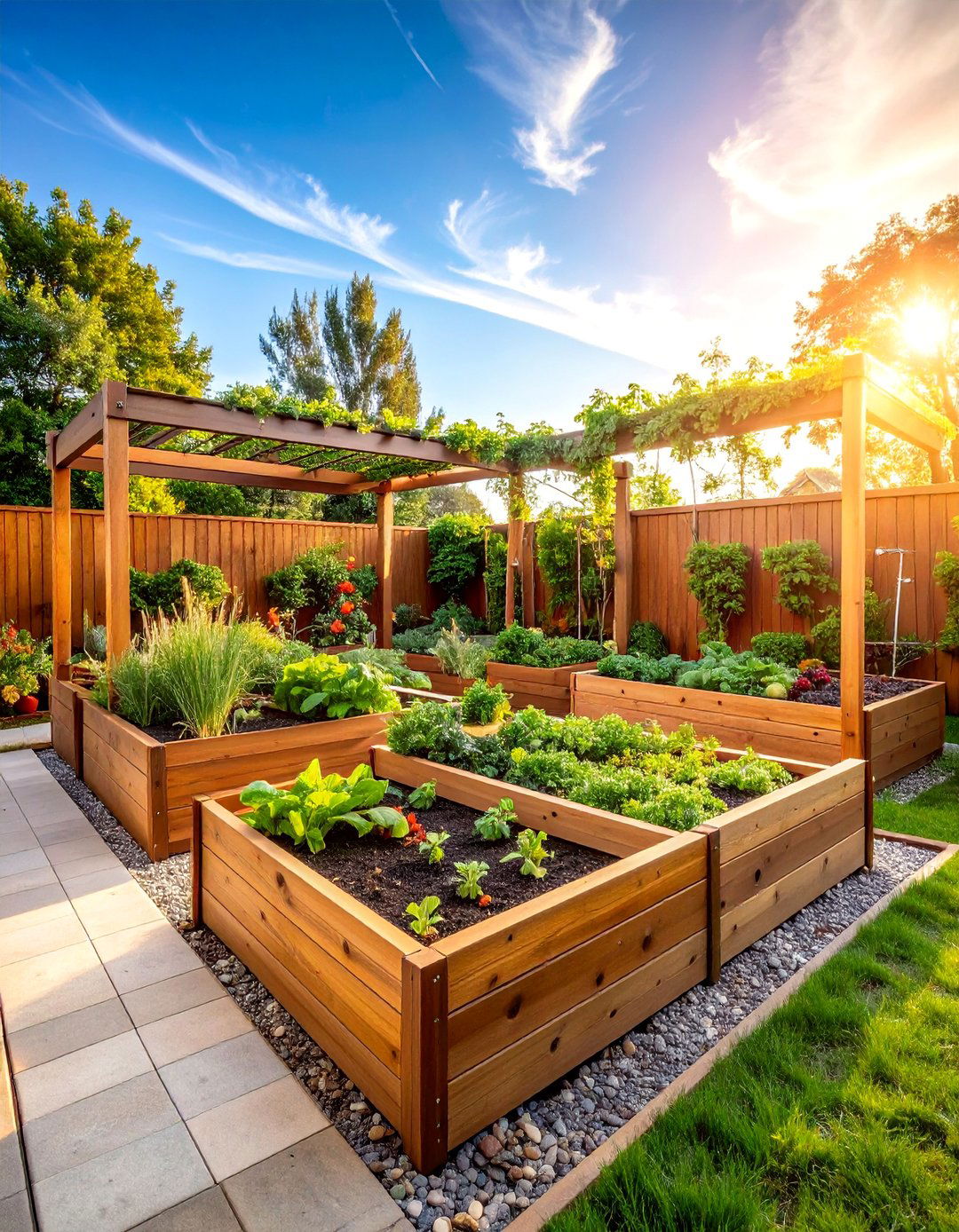
Design a sensory corner highlighting plants chosen specifically for their aromatic qualities and therapeutic properties. Plant fragrant flowers like gardenias, jasmine, and sweet alyssum alongside aromatic herbs such as lavender, mint, and lemon verbena. Include plants with scented foliage like eucalyptus, rosemary, and scented geraniums that release fragrance when touched. Add comfortable seating positioned to enjoy evening fragrances when many flowers release their strongest scents. Install pathways encouraging close contact with aromatic plants through strategic placement and accessible design. Include raised beds bringing fragrant plants closer to nose level for enhanced sensory experience. Complete the therapeutic garden with wind protection preserving delicate scents, plant identification labels, and harvest areas for creating homemade potpourri and aromatherapy products.
22. Children's Garden Corner with Interactive Elements

Create engaging outdoor spaces designed specifically for children's exploration, learning, and safe garden interaction. Install raised beds at child-appropriate heights planted with easy-growing vegetables like radishes, lettuce, and cherry tomatoes. Include sensory plants with interesting textures, colors, and safe-to-touch qualities like lamb's ear, snapdragons, and sunflowers. Add play elements such as willow tunnels, sandbox areas, and child-sized garden tools and furniture. Create themed areas like fairy gardens, pizza gardens with herbs and vegetables, or alphabet gardens teaching through plant names. Install safety features including rounded edges, non-toxic plants, and secure boundaries protecting children while encouraging independence. Complete the educational landscape with weather protection, storage for children's gardening supplies, and flexible spaces accommodating various outdoor learning activities.
23. Gothic Garden Corner with Dark Plants
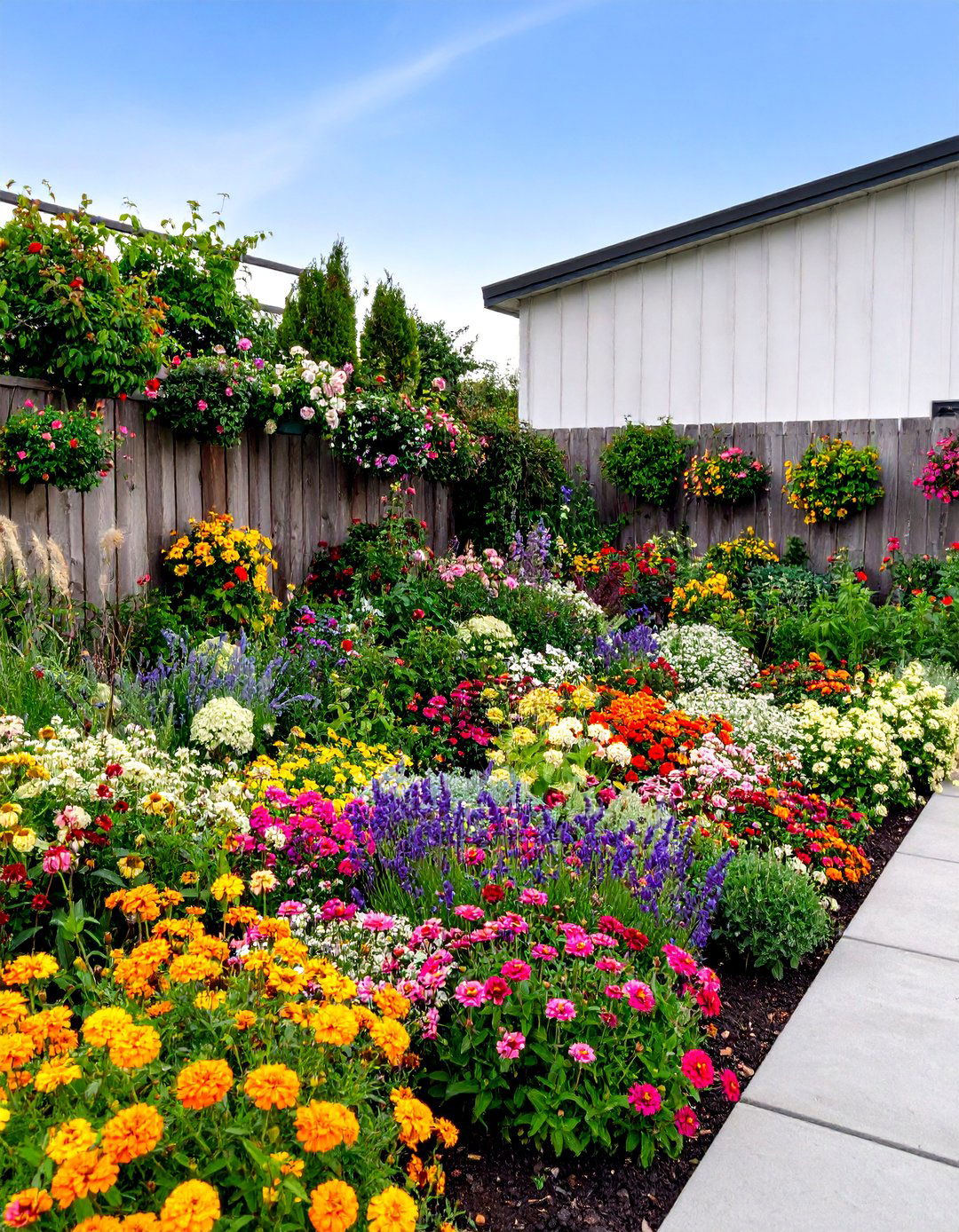
Establish a dramatic corner using plants with dark foliage, unusual forms, and mysterious qualities creating gothic-inspired landscape design. Plant dark-leafed varieties like 'Black Pearl' ornamental peppers, dark dahlia varieties, and burgundy-leafed coleus for rich color palettes. Include architectural plants with strong silhouettes such as yuccas, artichokes, and ornamental kales creating sculptural focal points. Add climbing vines like dark-leafed Virginia creeper or chocolate vine growing on gothic-style trellises or arbors. Install dramatic lighting highlighting plant textures and creating mysterious evening ambiance. Include decorative elements like wrought iron furniture, stone gargoyles, or weathered urns enhancing gothic atmosphere. Complete the theatrical design with plants having unusual flowers or seed pods, pathways using dark-colored materials, and carefully controlled color schemes emphasizing dramatic contrasts.
24. Moonlight Garden Corner with White Flowers
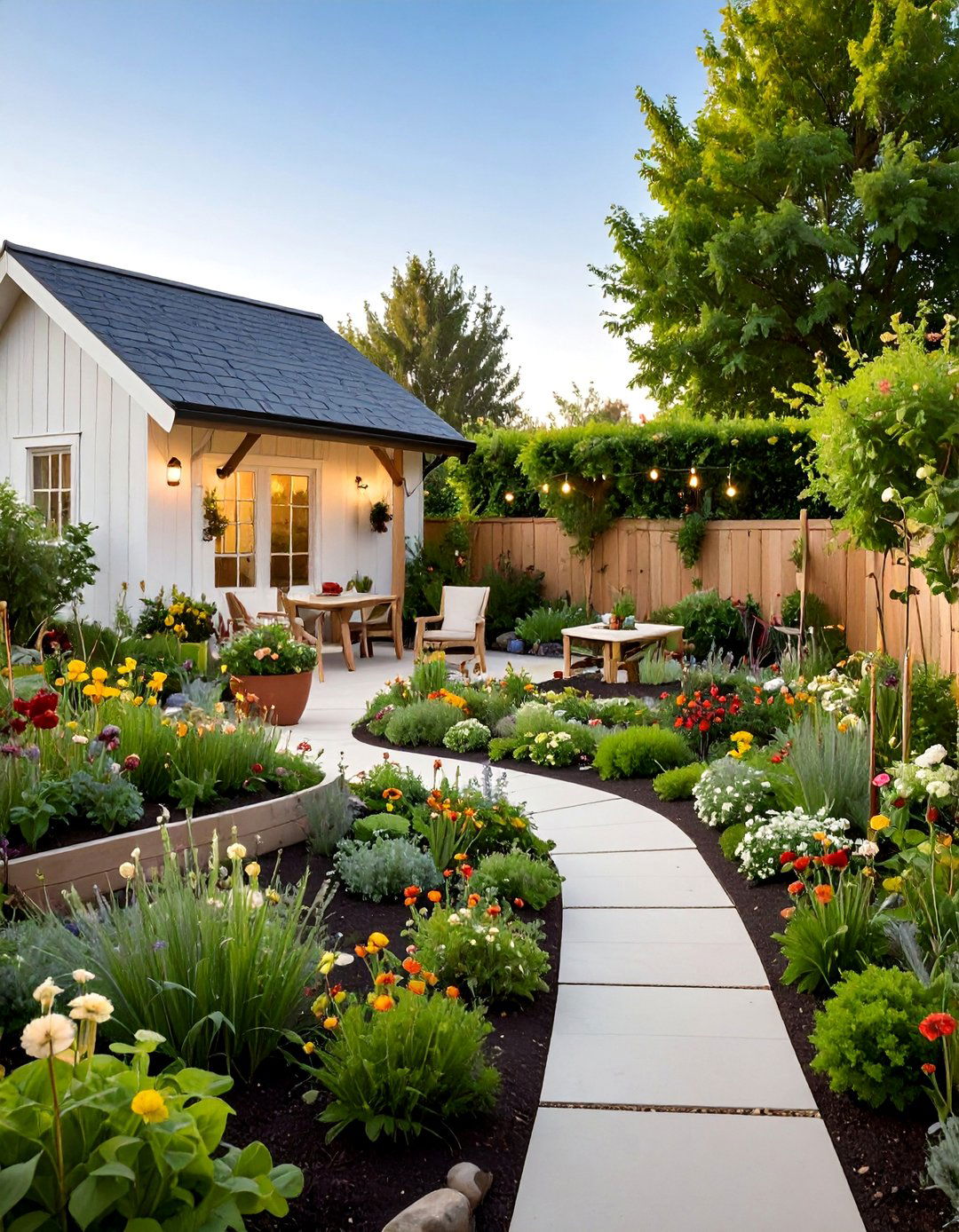
Design an evening-focused corner featuring white and silver plants that glow beautifully in moonlight and artificial illumination. Plant white-flowering varieties like white roses, gardenias, nicotiana, and white foxgloves providing luminous beauty during nighttime hours. Include silver-leafed plants such as dusty miller, artemisia, and lamb's ear creating ghostly foliage effects in low light. Add night-blooming flowers like moonflowers, four o'clocks, and night-blooming cereus for after-dark garden interest. Install subtle lighting highlighting white flowers and silver foliage without overwhelming natural moonlight effects. Include comfortable seating positioned for optimal evening garden enjoyment and fragrance appreciation. Complete the nocturnal garden with pathways using light-colored materials for safe navigation, wind chimes adding gentle sounds, and plant combinations providing continuous white flower succession throughout growing seasons.
25. Hummingbird Garden Corner with Nectar Plants
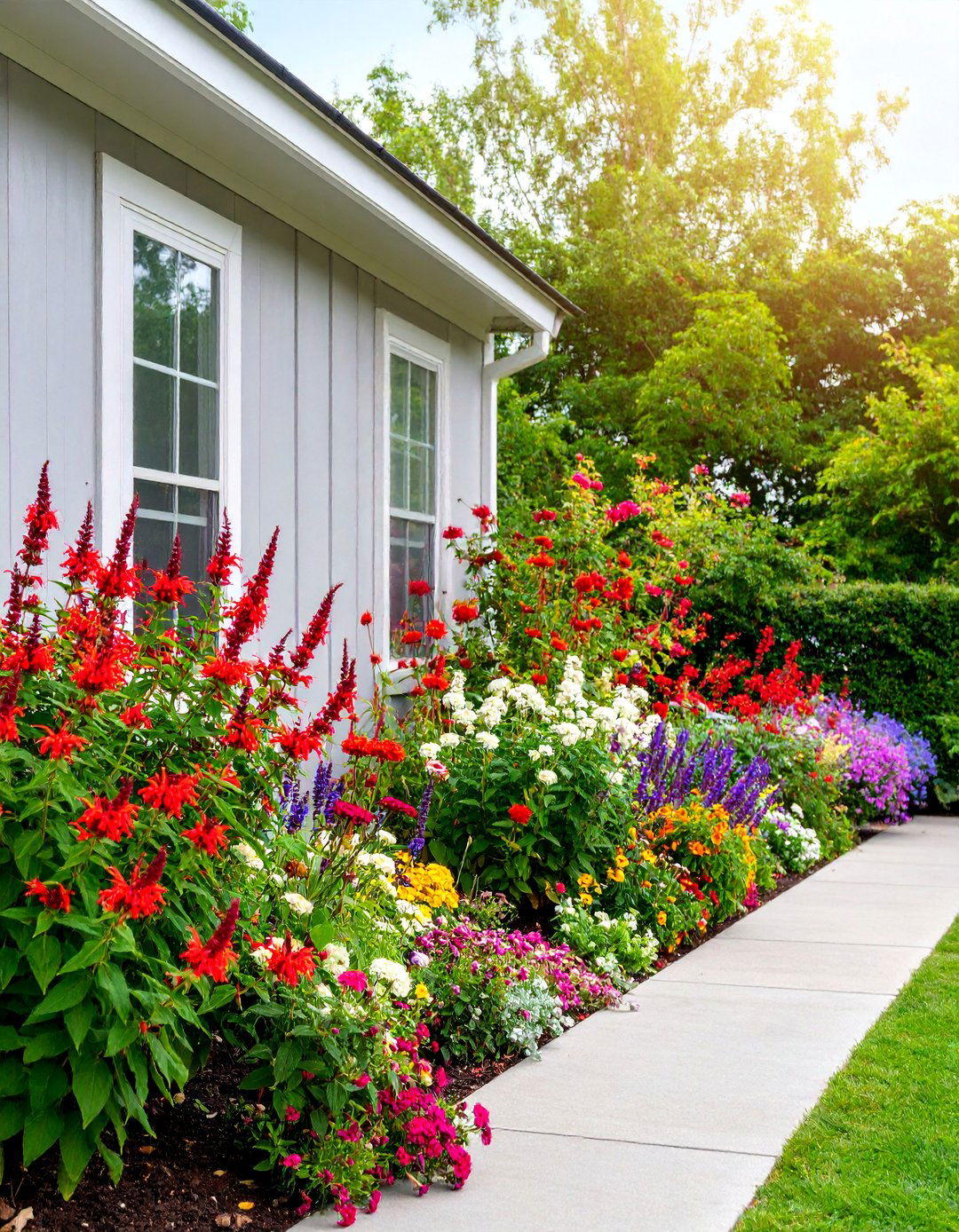
Create a specialized corner garden designed to attract and support hummingbirds using their preferred nectar sources and habitat requirements. Plant tubular red flowers like cardinal flower, bee balm, and trumpet vine providing ideal nectar sources for hummingbird feeding preferences. Include native plants supporting local hummingbird populations alongside non-native varieties extending blooming seasons and food availability. Add multiple feeding levels using trees, shrubs, and perennial flowers accommodating different hummingbird species and territorial behaviors. Install clean water sources like misters, drippers, or shallow fountains providing drinking and bathing opportunities. Include nesting materials and shelter plants supporting complete hummingbird life cycles beyond just feeding needs. Complete the wildlife habitat with pesticide-free maintenance practices, hummingbird feeders positioned strategically among natural food sources, and comfortable viewing areas allowing close observation of these remarkable birds.
Conclusion:
Corner gardens offer endless possibilities for transforming unused spaces into captivating outdoor features that enhance both property value and daily life enjoyment. From tranquil zen retreats and productive herb gardens to dramatic gothic landscapes and wildlife habitats, these design concepts demonstrate how thoughtful planning can maximize any corner's potential. Success lies in selecting themes that complement existing landscape architecture while reflecting personal interests and maintenance capabilities. Whether choosing low-maintenance succulent gardens or intensive cutting flower displays, proper plant selection, quality materials, and consistent care ensure long-lasting beauty and functionality in these specialized garden spaces.



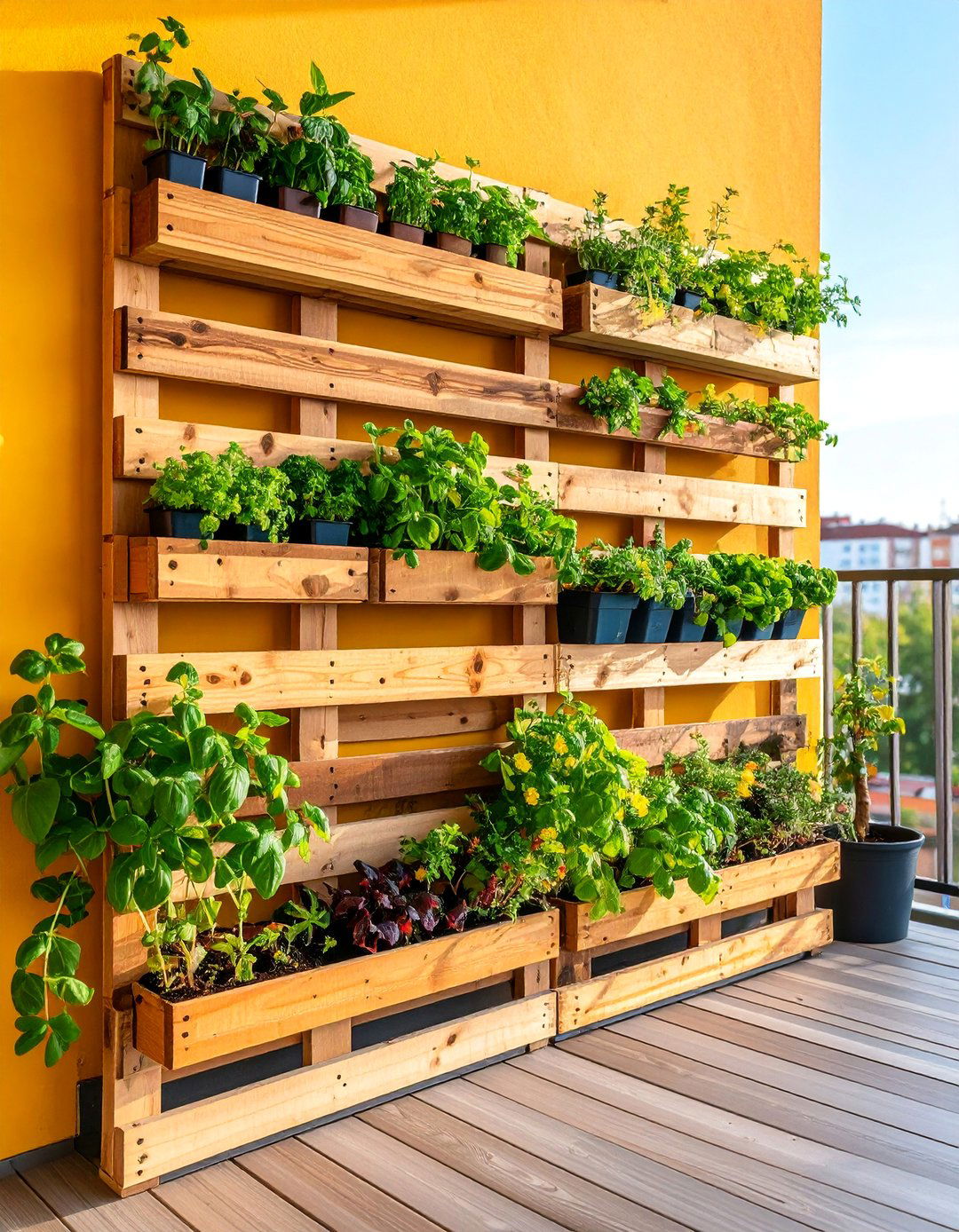
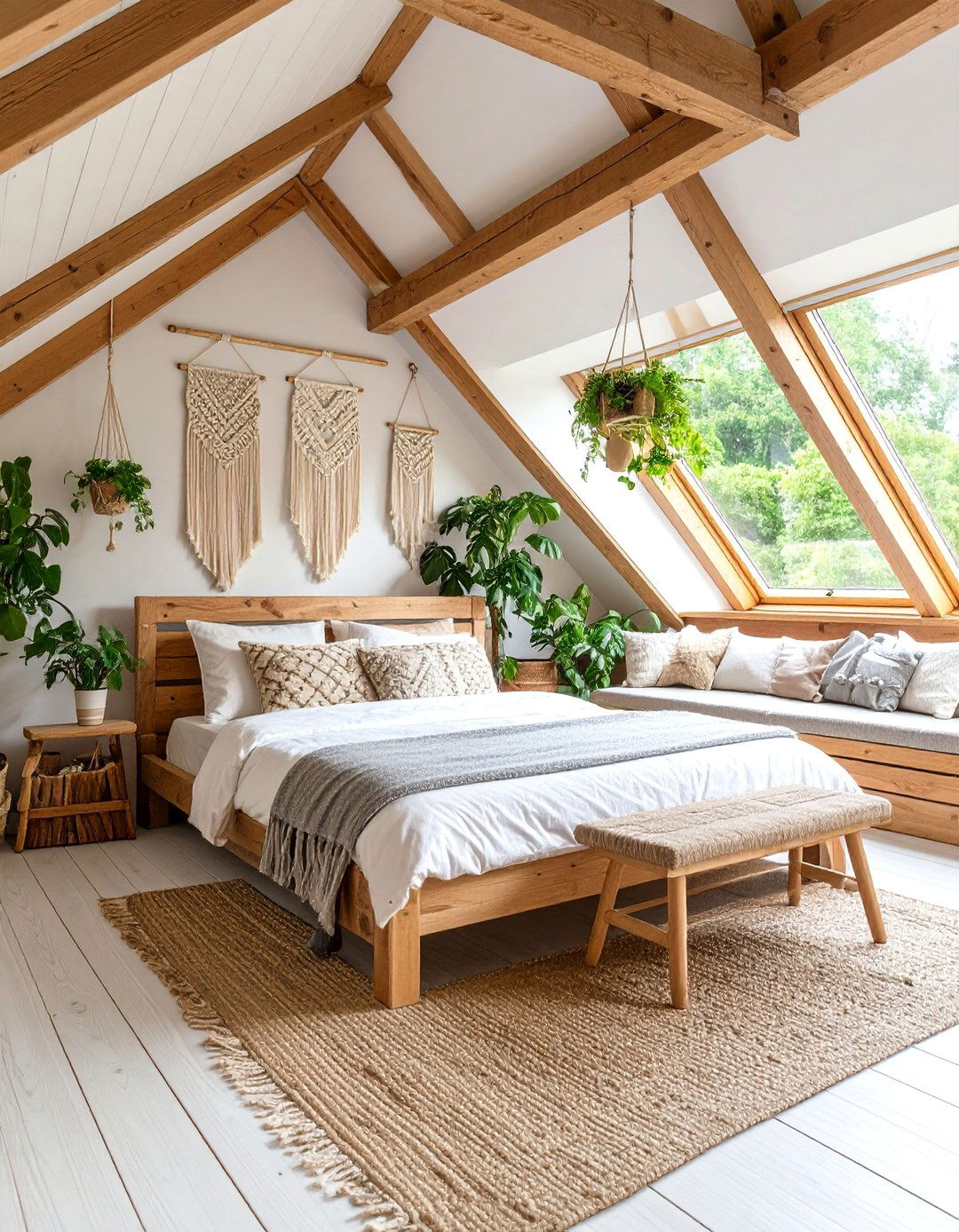


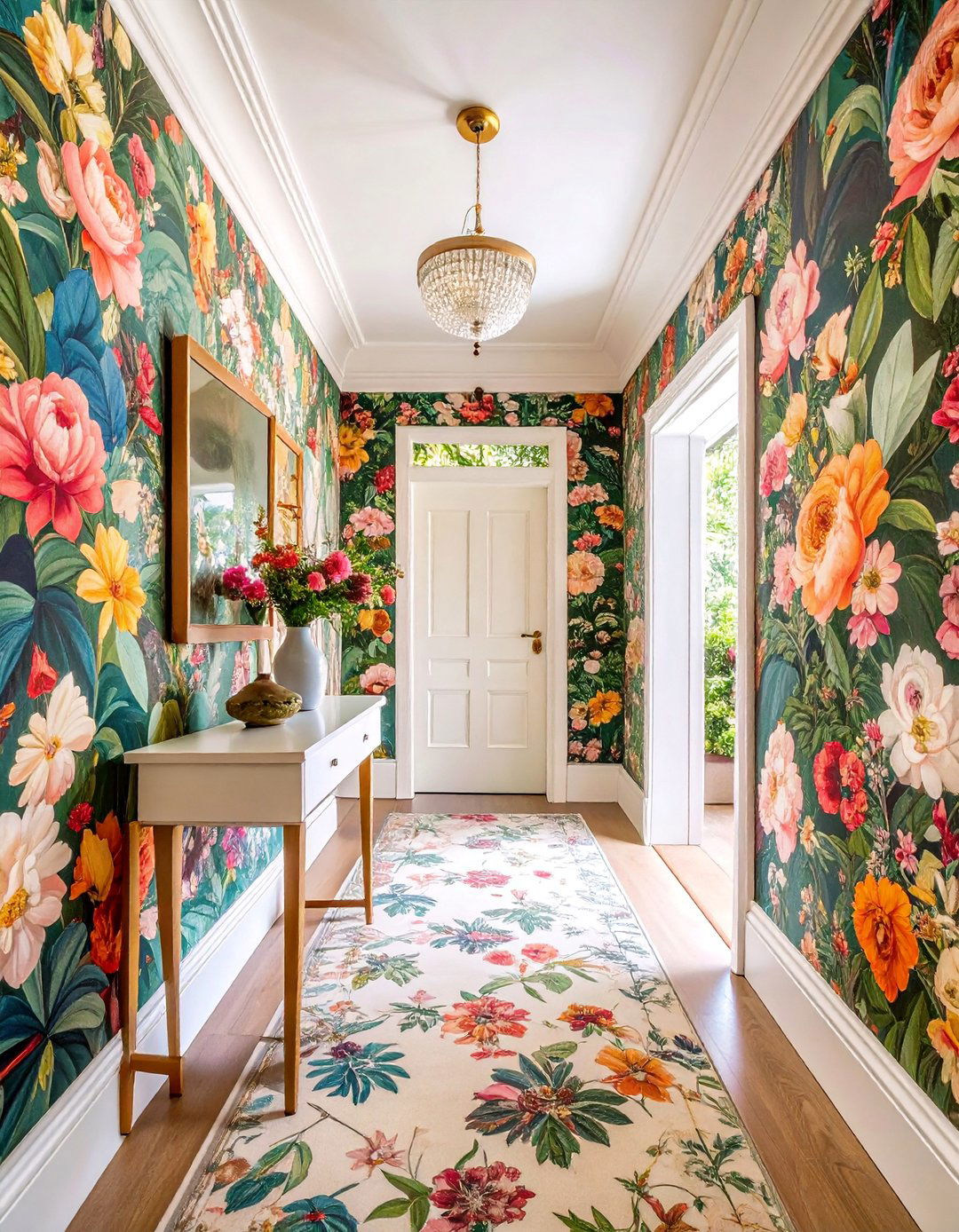



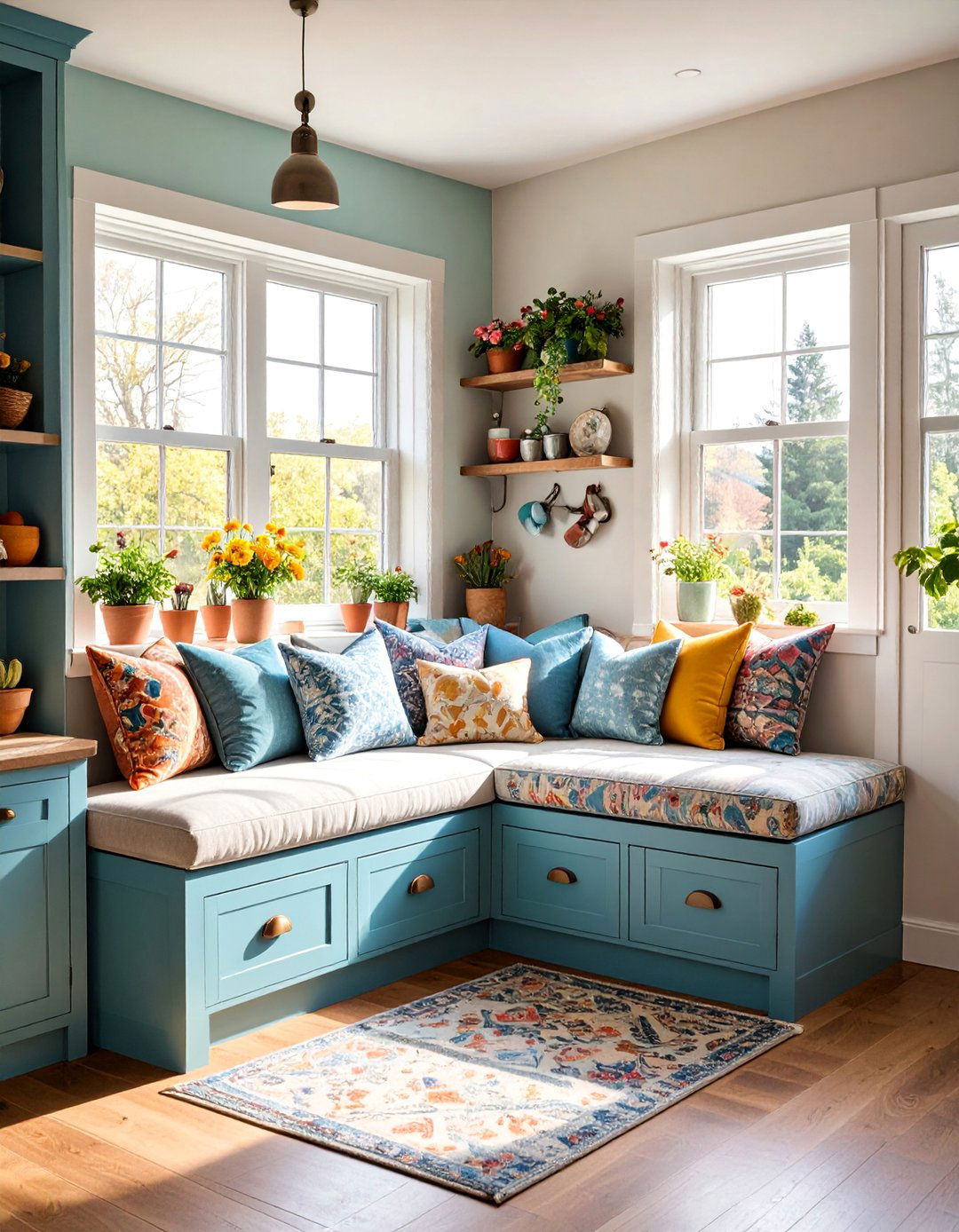
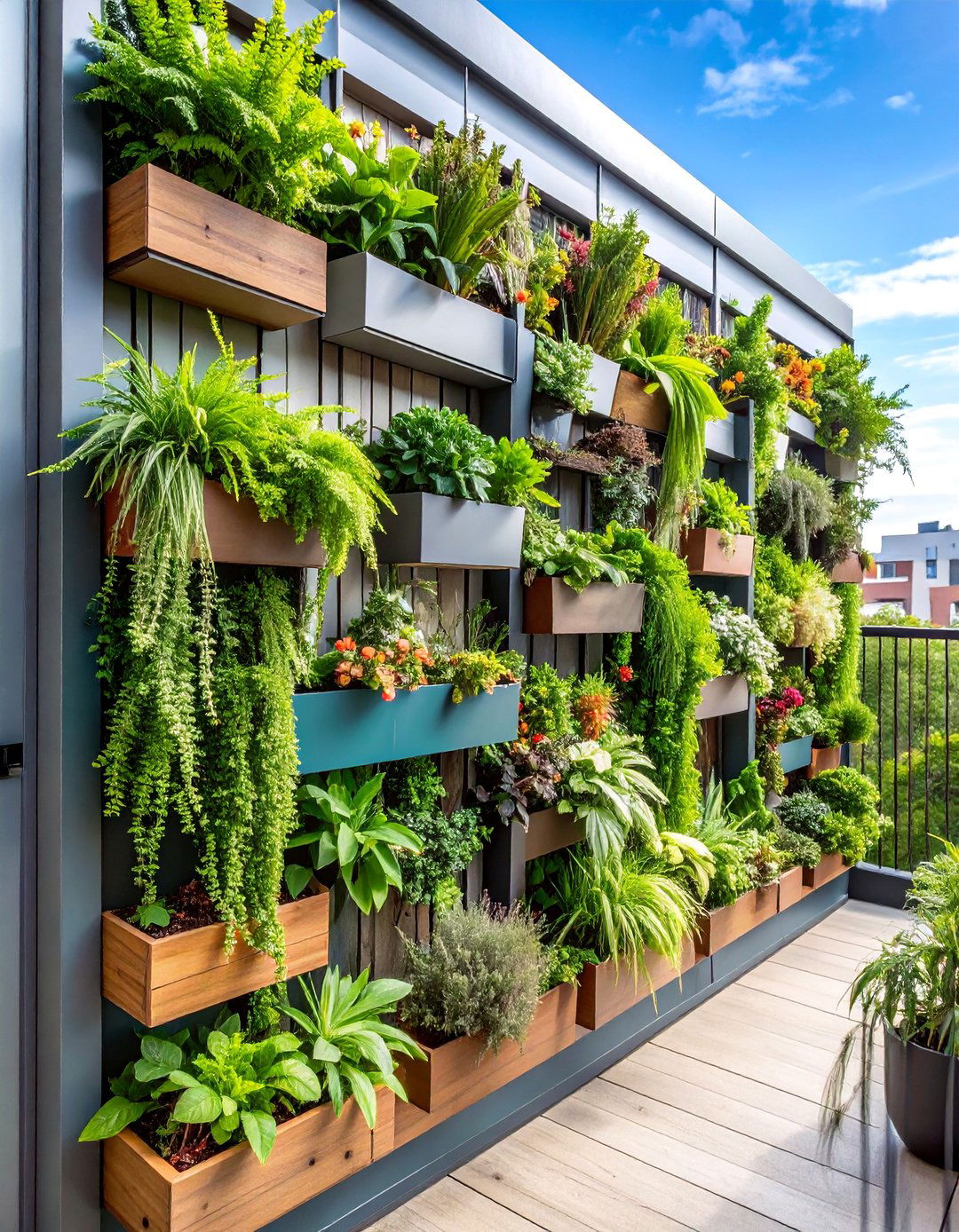





Leave a Reply